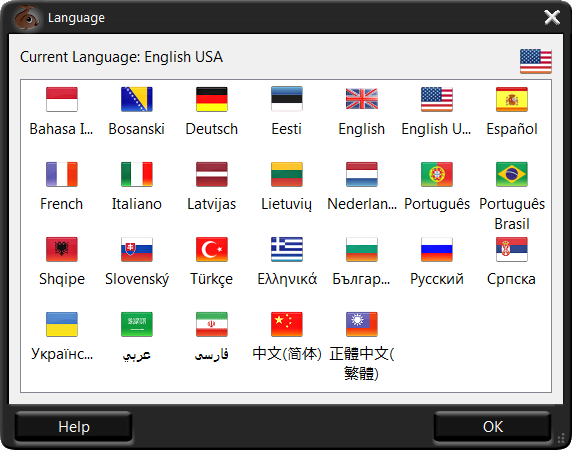Light Night aside, this project has also been developing. As far as my brief goes, we have in the works what is called the Discovery Surface (or two), which will be part of a wider exhibition called RIOT 1831 at Nottingham Castle (hence the name).
The last time I posted about this was in December 2013, but the theme remains the same, albeit more detail: it revolves around the riots that happened in Nottingham in 1831. Some of the key points of this period were:
- Extreme poverty and cramped living conditions
- Limited voting rights
- Rioting figures and their backgrounds
- The Reform Bill, and its key opponents/supporters.
Other themes of the exhibition generally include democracy, justified rebellions, standing for one's beliefs and against unjust authority and unrepresentative systems. One could say that we've contextualised on the widespread riots that happened across the UK in 2011 with historical ones in comparison, namely the aforementioned riot of the 19th century. These videos summarise the event and illustrate the potential of the Castle project.
Again, things are being added to the other blog by myself and the others involved. The Discovery Surface is as detailed below, by the brief we were given:
It has now come to the point of who does what. Seven of us, including our tutor, have divided a set of tasks between us. We also divided ourselves into pairs to pursue said tasks. I'm feeling quite gleeful to say that Ula (another lovely student) and I are focusing on two things:
- Display of information
- Language
The latter has easily been solved with the image of national flags (with the name underneath already translated to the corresponding language). But I strongly suspect that we won't hear the last of it in terms of user interface and incorporation yet. But this is the kind of thing we have in mind:
We have a particular idea on how the information is displayed, which comes in the form of a timeline that we also want to make non-linear in nature. There were other intentions of making this table function as an animated 3D map, but so far I'm not as keen on that than I am with this idea: an animated, interactive lace that acts as an expansive timeline. To distinguish this further, call it the Laceline. Here is a very roughly drawn diagram of how this Laceline theoretically works:
Obviously, this is a rough drawing, but say for example if we went for a simple black lace pattern against a white background, then imagine the one below flowing in the way it is in the diagram (I swear I'll do this on Illustrator soon):
Content-wise, the current idea is for the Laceline to embody this information in a fluid and accommodating style. The table below highlights significant events that happened in this period. Again, Ula and I have divided the amount of research between us (the areas not highlighted in blue are to be researched by me).
We've all been meeting regularly about this, which is good given the deadline in May. There will be another meeting about it tomorrow, in fact. I'm expecting debates and changes, depending on what everyone else has been doing. But we'll see.





No comments:
Post a Comment